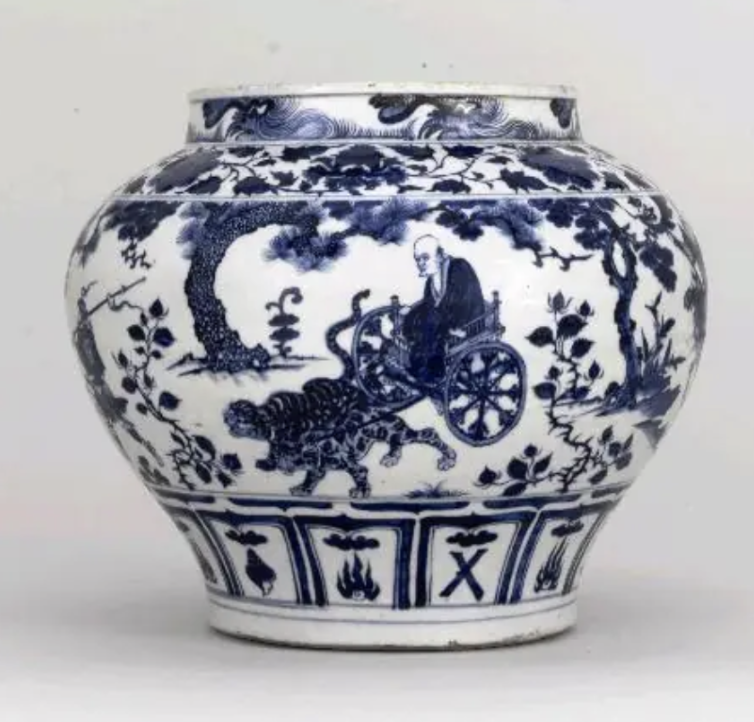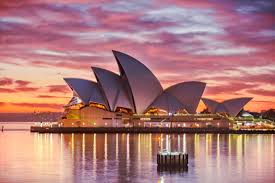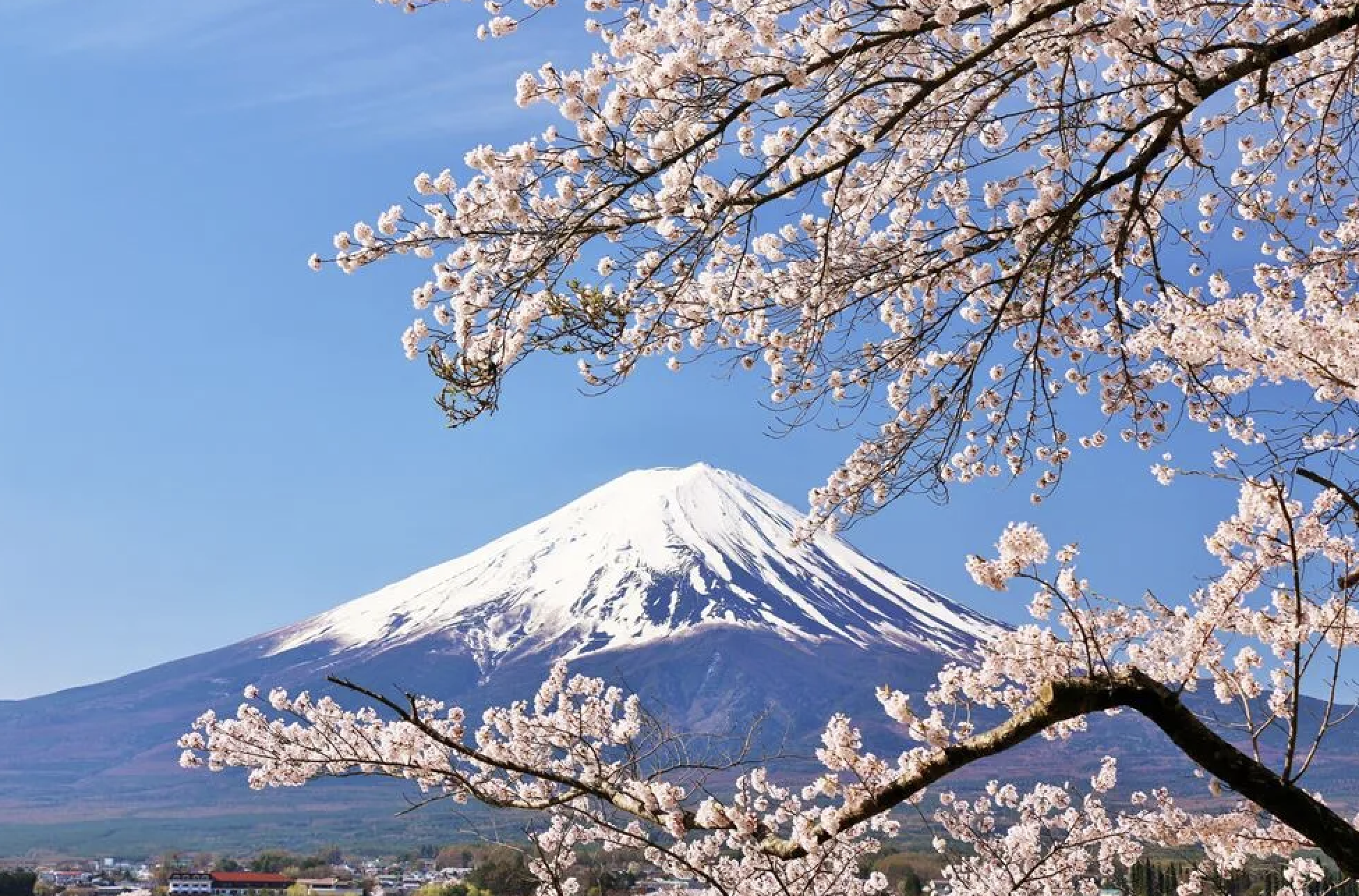Historical Background:
Blue and White Porcelain, known as Qinghuaci in Chinese, is a prominent Chinese artform where blue underglaze is used on porcelain to convey intricate motifs. While Qinghuaci first originated in China during the Tang Dynasty (618-907 AD), it became more developed during the Yuan Dynasty (1279-1368) in the city of Jingdezhen, also known as the ceramics capital of China.

To understand Qinghuaci, we must first learn the process of porcelain production. A main reason why the Yuan Dynasty saw great advancements in Qinghua technology is that Jingdezhen artisans refined the porcelain production process. Prior to the Yuan Dynasty, blue pigment was used on a grey clay body. However, during the Yuan dynasty, artisans discovered kaolin clay, which was able to give porcelain its white and pure appearance.
In making Qinghuaci, potters typically first form a vessel body of which the blue pigment will later be painted on. This is often achieved through a process known as “throwing,” where clay is placed on a spinning wheel and shaped into a vessel. Then, after the vessel dries to the “leather-hard” stage where its shape is no longer easily altered, artisans would trim and refine the pot’s shape. The vessel will then be fired, often to temperatures around 1650-1945°F. The first firing permenantly changes the chemical state of the pot from clay to ceramic. After the firing, artisians would use the cobalt blue pigment to decorate the pot. As only one color is used on the vessels, artisans would dilute the pigment with different amounts of water to form various shades of blue. After motifs are painted, a clear “overglaze” will be applied on top of the design, which will ultimately give the pot a clear finish after its second firing.
While Qinghuaci was predominantly produced in Jingdezhen, it has spread throughout China and the world. As Western explorers came in contact with these porcelain forms, they brought them to Europe, leading to great demands for these porcelain bodies and increased trade between the Eastern and Western world. The style of using blue on white later also inspired the development of artforms such as Dutch delftware.
Techniques and Materials:
- Porcelain production process: mining and refining kaolin clay, shaping, glazing, and firing.
- Typically,
- The blue underglaze used in Qinghuaci are typically derived from cobalt oxide, a chemical pigment with a blue color originating from Persia.
- Hence, while Qinghuaci is known as a Chinese artform, it is a product of diverse cultures and geographical origins.
- Cultural and Economic Impact:
- Role in the Silk Road trade and maritime routes.
- Influence on European pottery and the development of chinoiserie.
- Examples of global trade impact and the spread of Chinese porcelain to Europe and the Middle East.
Activity 1: Artifact Analysis (15 minutes)
- Provide images or replicas of different blue and white porcelain pieces.
- In small groups, students analyze the artifacts using provided handouts with guiding questions (e.g., What imagery is depicted? What does this tell us about the time period?).
Activity 2: Creative Hands-On Project (optional) (20 minutes)
- Students create their own blue and white porcelain designs on paper.
- Encourage students to incorporate traditional Chinese motifs and patterns.
Conclusion and Discussion (10 minutes)
- Groups present their analyses and designs.
- Class discussion on what they learned about blue and white porcelain and its significance.
Assessment:
- Quiz: A short quiz with multiple-choice and short-answer questions on the history, techniques, and impact of blue and white porcelain.
- Participation: Evaluate student participation in discussions and activities.
- Creative Project (if conducted): Assess based on creativity, effort, and understanding of traditional designs.
Key Terms:
- Porcelain
- Kaolin Clay
- Cobalt Blue
- Silk Road
- Chinoiserie
- Ming Dynasty
- Motifs
This lesson plan will give high school students a comprehensive understanding of blue and white porcelain, its artistic techniques, historical context, and global significance.





Post a comment Cancel reply